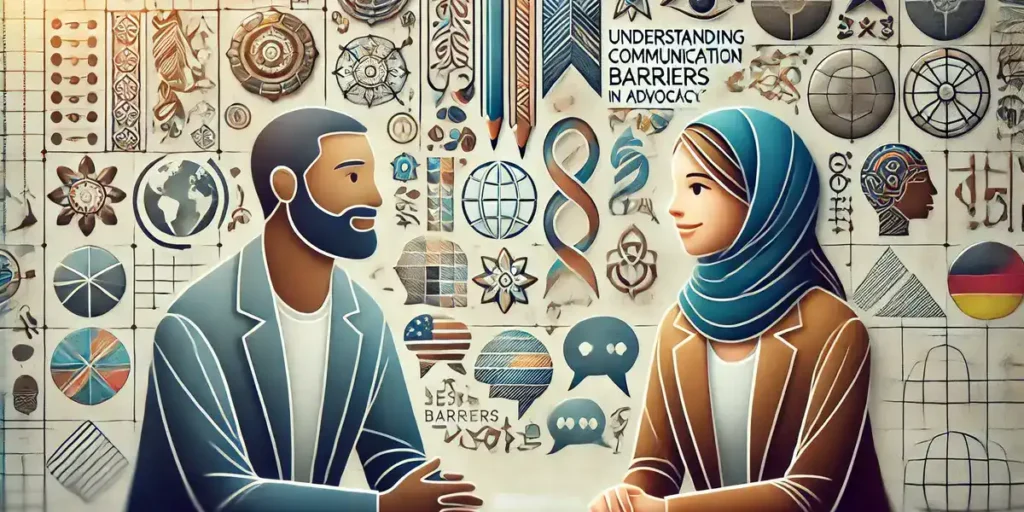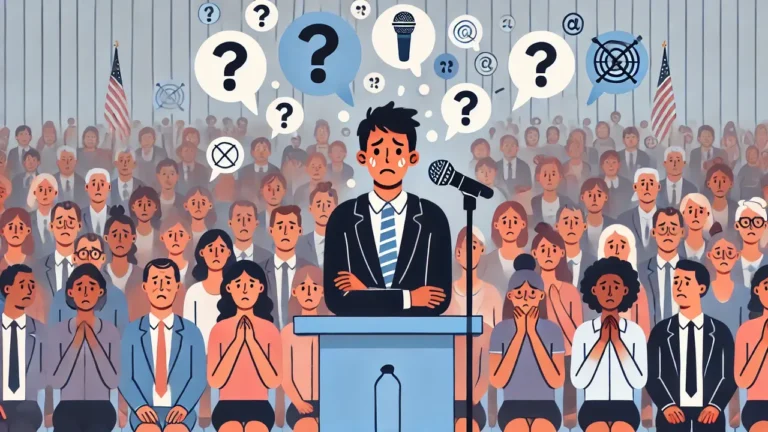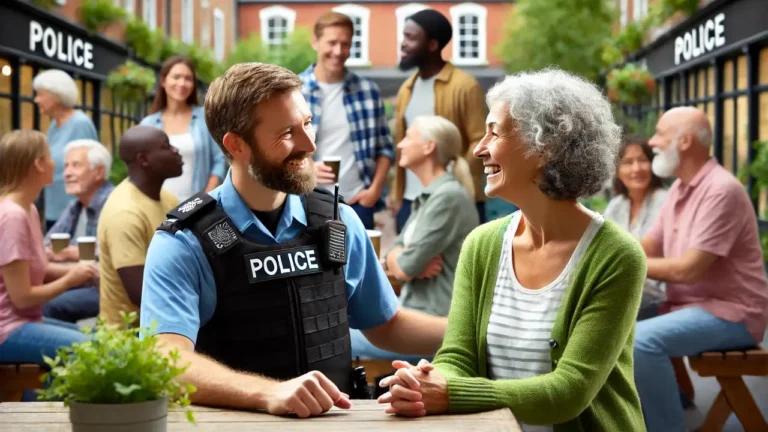Communication Barriers to Advocacy
Advocacy work often hinges on effective communication, yet many passionate advocates are stymied by barriers they didn’t anticipate. Whether it’s navigating cultural differences, overcoming language gaps, or dealing with preconceived biases, these obstacles can significantly hinder the impact of their efforts.
I’ve seen firsthand how these barriers can dilute messages and create misunderstandings, ultimately slowing progress. By identifying and addressing these communication challenges, we can empower advocates to connect more deeply with their audiences, fostering greater understanding and driving meaningful change.
Understanding Communication Barriers to Advocacy

Effective advocacy hinges on clear communication, yet barriers often arise. Recognizing these obstacles is crucial to overcoming them.
Types of Communication Barriers
Several types of communication barriers exist in advocacy:
- Cultural Differences: Varying cultural backgrounds can lead to misunderstandings. For instance, communication styles and values differ widely between East Asian and Western cultures.
- Language Gaps: Non-native speakers might struggle with nuances. Advocates working in multilingual regions face these challenges regularly.
- Biases: Personal biases can distort messages. Confirmation bias, for example, makes individuals favor information that aligns with their beliefs.
Overcoming these barriers involves understanding each type and implementing strategies to address them.

The Impact of Digital Media
Digital media transforms advocacy but introduces its barriers:
- Information Overload: Audiences receive vast amounts of content daily. Important advocacy messages might get lost in the noise.
- Misinformation: False information spreads quickly online. Advocates must work harder to ensure accurate messaging.
- Access Disparities: Not everyone has equal access to digital platforms. This digital divide affects low-income and rural communities.
Adapting to digital media and mitigating its challenges ensures advocacy remains effective and inclusive.
Key Communication Strategies for Effective Advocacy
Effectiveness in advocacy hinges on using targeted communication strategies. These strategies mitigate barriers and ensure messages resonate with diverse audiences.
Crafting Clear Messages
Clarity in messaging is paramount. Vague messages dilute impact. I focus on stating the purpose explicitly, using straightforward language. Every message must answer who, what, where, when, why, and how. For example, a campaign for environmental protection should specify the issue (deforestation), the desired action (reduce paper usage), and the target audience (students).
Consistency conveys credibility. Repetition in various forms (written, visual) reinforces key points. Using statistics from credible sources strengthens arguments, making them harder to dismiss.

Engaging Different Audiences
Understanding audience demographics is crucial. Tailoring messages ensures relevance. For instance, addressing climate change with policymakers requires different terminology and data than persuading local communities.
Active listening builds trust. When advocates reflect on audience concerns, engagement increases. For example, incorporating feedback loops in social media campaigns fosters dialogue.
Cultural sensitivity eliminates miscommunication. Recognizing cultural norms and avoiding jargon ensures inclusivity. For example, using local languages and idioms respects community values and improves reception.
Overcoming Language and Cultural Barriers
Effective advocacy hinges on bridging language and cultural gaps. This ensures messages resonate with diverse audiences and fosters connections that drive impactful change.
Multilingual Communication Techniques
Using multilingual communication techniques helps reach broader audiences. Hiring bilingual staff, for example, enables direct engagement. Providing materials in multiple languages, such as Spanish and Mandarin, ensures accessibility. Leveraging translation services guarantees accuracy and authenticity.
Creating language-specific social media channels also boosts engagement. Utilize platforms like Facebook and Twitter to connect with non-English-speaking communities. Hosting multilingual events fosters inclusivity. Webinars and Q&A sessions in different languages maximize participation.
Cultural Sensitivity in Messaging
Cultural sensitivity in messaging respects diverse backgrounds. Researching cultural norms, for instance, prevents miscommunication. Consulting with community leaders aids in accurate representation. Adapting visuals and symbols to suit cultural contexts reinforces relatability.
Training staff on cultural competence is crucial. Workshops and seminars teach respect for cultural diversity. Using inclusive language avoids alienation. Messages framed with cultural awareness build trust. Engaging in feedback loops with target communities refines messaging strategies.
Case Studies: Successes and Failures
Examining how advocacy campaigns succeed or fail highlights the importance of understanding communication barriers.
Analyzing Successful Advocacy Campaigns
Successful advocacy campaigns often use effective communication strategies. For instance, the “Love Has No Labels” campaign by the Ad Council addressed implicit biases by using relatable scenarios to showcase love between diverse individuals. The campaign embraced inclusivity and utilized multimedia channels, reaching over 160 million views on YouTube.
Another example is the “Ice Bucket Challenge” by the ALS Association. This campaign combined a clear, engaging message with social media virality, raising $115 million for ALS research. The challenge’s simplicity made it easy to participate, and peer influence encouraged widespread engagement.
These campaigns show that clear messaging, inclusivity, and strategic use of media are crucial in overcoming communication barriers.
Learning from Past Mistakes
Analyzing failed campaigns provides valuable lessons in advocacy communication. Pepsi’s 2017 advertisement featuring Kendall Jenner is one such example. The ad intended to promote unity but ultimately oversimplified and trivialized social justice issues, leading to public backlash. This failure highlighted the importance of authentic messaging and cultural sensitivity.
Another example is Burger King’s 2019 International Women’s Day tweet, “Women belong in the kitchen.” Intended as a call to increase women in culinary roles, the initial message appeared sexist. The backlash underscored the need for context and clarity in communication, especially on sensitive topics.
These cases teach that cultural insensitivity and lack of clear messaging can derail advocacy efforts. Ensuring that campaign messages align with audience values and perceptions is vital.
Conclusion
Navigating communication barriers is crucial for successful advocacy. By learning from both triumphs and missteps in past campaigns, we can better understand the importance of clear messaging and cultural sensitivity.
Effective communication isn’t just about what we say but also how we say it and to whom. Embracing diverse perspectives and being mindful of language and cultural nuances can significantly enhance our advocacy efforts. As we move forward, let’s prioritize these strategies to create meaningful connections and drive impactful change.





